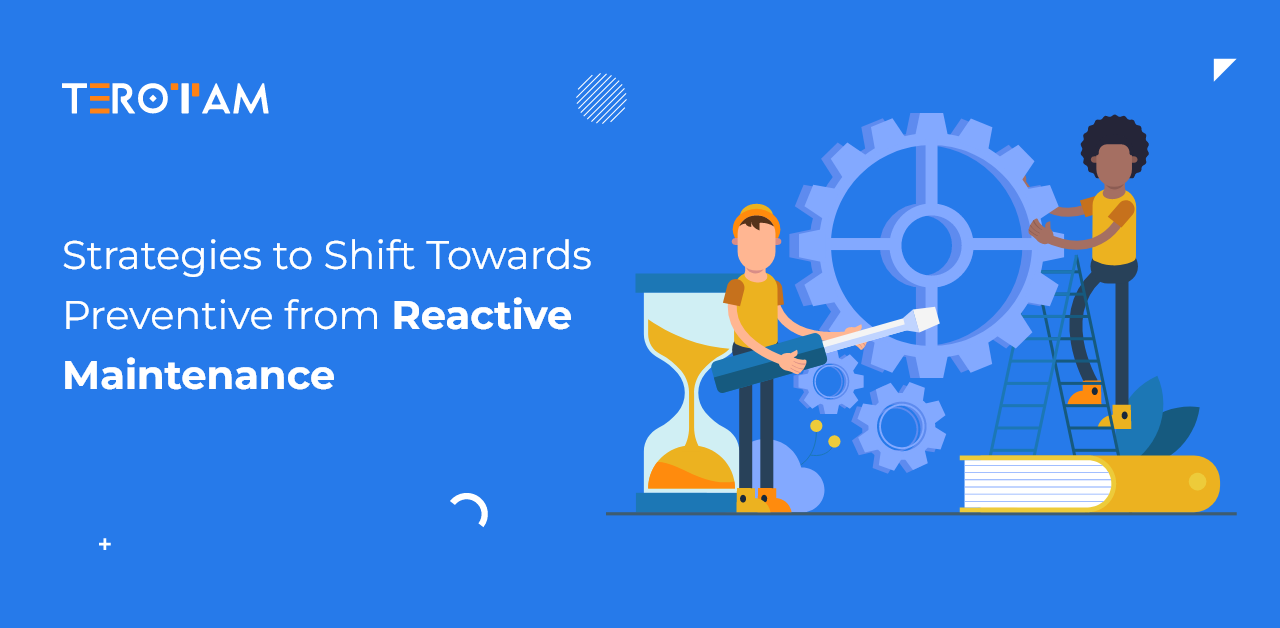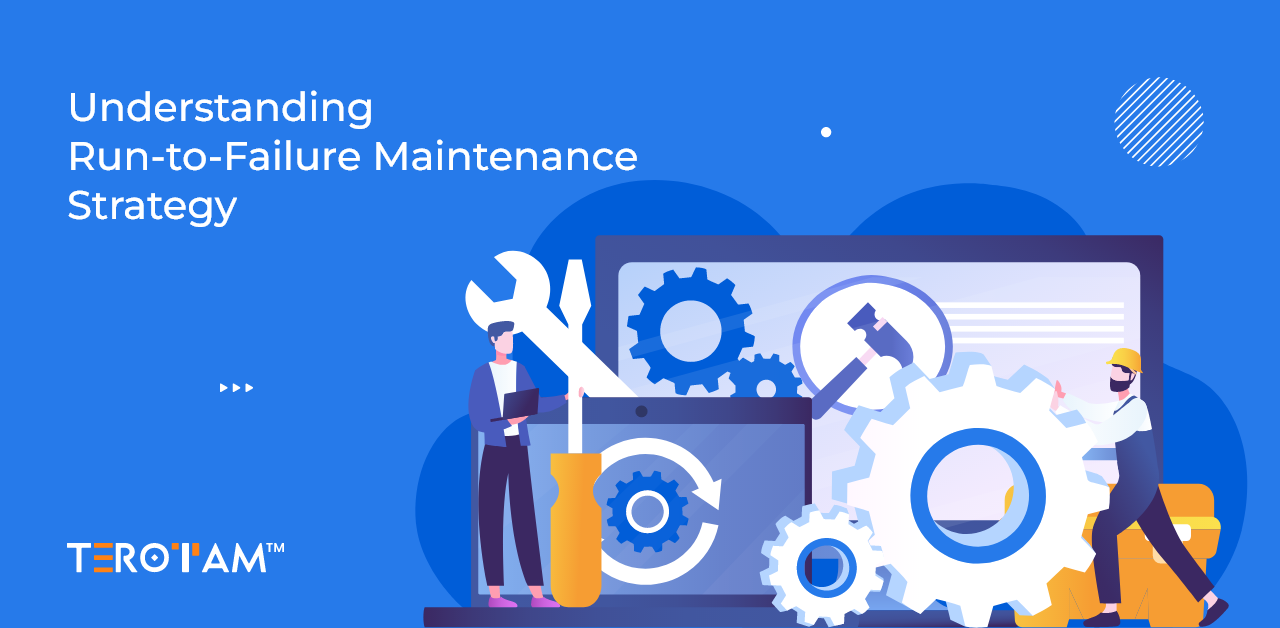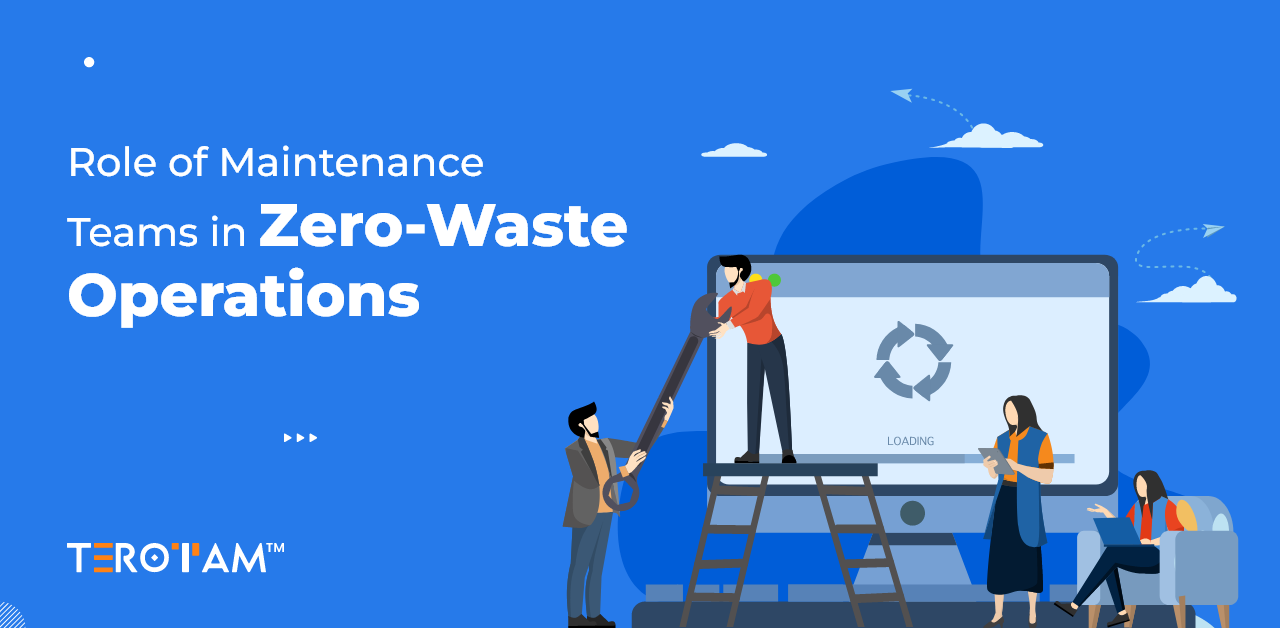For many businesses, reactive maintenance has become a default approach. When equipment breaks down, teams jump into action, fixing the issue as quickly as possible. While this reactive mindset is sometimes unavoidable, it often prevents organizations from embracing a more proactive strategy. The focus stays on immediate fixes rather than preventing problems before they happen, leading to unnecessary costs and downtime.
Shifting towards preventive maintenance is essential in the current landscape. Regular maintenance and monitoring help spot potential issues early, allowing teams to address them before they escalate into costly repairs or unplanned downtimes. This proactive approach saves money, enhances efficiency, and extends the life of equipment—making it a critical part of any successful maintenance strategy.
In this article, we will discuss why closing the gap between preventive and reactive maintenance is essential and explore actionable strategies for helping businesses make that transition.
What is the Gap between Preventive vs. Reactive Maintenance?
Preventive maintenance refers to scheduled maintenance activities to prevent equipment breakdowns and ensure optimal functioning. These tasks are typically planned based on manufacturer recommendations, usage patterns, and historical data, to detect and address issues before they escalate.
Reactive maintenance, on the other hand, occurs in response to equipment failure or performance issues that were not identified or addressed during the preventive phase. These reactive measures often involve urgent repairs or replacements, often at higher costs and with longer downtimes.
While preventive maintenance seeks to avoid problems, reactive maintenance is often seen as a result of an insufficient preventive strategy. The gap between these two maintenance strategies can lead to inefficiencies, increased costs, and an unsustainable workflow.
The Consequences of the Maintenance Gap Between Preventive and Reactive
When there is a significant gap between preventive and reactive maintenance, it can lead to several technical challenges that impact both short-term operations and long-term asset management. Here are some of the key consequences:
Unpredictable Downtime
Reactive maintenance often leads to unplanned downtime, which can disrupt production schedules and impact service delivery. Equipment failures that could have been avoided with preventive care result in halted operations, which can be costly in terms of both time and resources.
Increased Repair Costs
When issues are not detected early through preventive maintenance, they often lead to larger, more expensive repairs. A failure that could have been addressed with a minor part replacement or a simple fix can escalate into a major repair or even the need for complete asset replacement. This drives up repair costs and increases operational disruption.
Higher Labour Costs
Reactive maintenance requires more labour hours, especially during emergencies. The need for overtime, specialized technicians, and expedited parts delivery can lead to increased workforce costs. These emergency interventions are generally more labour-intensive and costly than scheduled preventive tasks.
Decreased Asset Reliability and Performance
Reactive maintenance often means addressing issues only after they’ve affected performance, leading to reduced reliability. Over time, assets that aren’t properly maintained can experience frequent breakdowns, leading to a decrease in overall equipment effectiveness (OEE). This reduces productivity and increases the risk of failure, especially in mission-critical equipment.
Shortened Equipment Lifespan
Failing to implement regular preventive maintenance can significantly shorten the life cycle of equipment. Without regular inspections, lubrication, and necessary adjustments, components wear out more quickly, requiring more frequent replacements and increasing the total cost of ownership (TCO).
Compromised Safety
Reactive maintenance can often overlook critical safety checks that are part of a preventive maintenance schedule. As equipment ages or wears down without proper attention, it may become hazardous to operate, increasing the risk of accidents or even causing health and safety violations.
Strategies to Close the Gap Between Preventive vs Reactive Maintenance
Bridging the gap between preventive maintenance and reactive actions requires a strategic, data-driven approach. The following best practices can help industries close the divide and improve maintenance performance:
Harness Data and Predictive Analytics
Real-time data and predictive analytics are powerful tools for identifying and addressing maintenance needs proactively. IoT sensors, condition monitoring systems, and advanced analytics provide valuable insights into asset performance, allowing businesses to predict when equipment is likely to fail and schedule maintenance accordingly. Predictive maintenance focuses on preventing failures before they happen, making it a vital strategy for minimizing reactive maintenance.
Invest in Employee Training
A skilled workforce is critical for effective maintenance management. Continuous training ensures that technicians can perform both preventive and corrective tasks efficiently. Workers should be trained to identify potential issues early, diagnose problems quickly, and resolve issues with minimal downtime. A well-trained team can manage both planned maintenance and emergencies with expertise, reducing the frequency and impact of reactive repairs.
Prioritize Maintenance Based on Equipment Criticality
Not all assets are of equal importance. Identifying and prioritizing mission-critical equipment ensures that the most essential machinery is maintained more frequently and thoroughly. Conducting a criticality assessment for each asset helps to direct resources toward equipment that has the most significant impact on operations, minimizing the chances of unexpected breakdowns.
Improve Communication and Collaboration
Effective communication between operations, maintenance, and management teams is essential for aligning goals and strategies. When there’s a lack of communication, preventive maintenance schedules can be overlooked, leading to a reactive approach when equipment fails. Regular meetings, integrated systems, and clear workflows ensure that everyone is on the same page regarding maintenance priorities and schedules.
Implement Automated Maintenance Management Systems
Automation and maintenance management software help streamline the scheduling, tracking, and execution of maintenance tasks. These systems can automatically generate work orders based on predefined schedules or sensor data, ensuring that preventive tasks are completed on time. Automation also helps track past maintenance activities, providing insights for continuous improvement and reducing human error in maintenance processes.
Focus on Root Cause Analysis for Reactive Maintenance
When reactive maintenance is necessary, it’s crucial to identify the root cause of failures. Understanding why a piece of equipment broke down can provide insights into how to prevent similar issues in the future. Root cause analysis helps to pinpoint system weaknesses or procedural flaws that may have led to the failure, allowing organizations to refine their preventive maintenance strategies and reduce future reactive work.
Optimize the Balance Between Preventive and Reactive Maintenance
Striking the right balance between preventive and corrective maintenance is essential for minimizing costs and downtime. Over-emphasizing preventive maintenance can lead to unnecessary services, while relying too heavily on reactive maintenance can result in high repair costs and increased downtime. Regular audits of maintenance strategies can help adjust this balance, ensuring that maintenance efforts are aligned with the needs of the business.
Building a Culture of Proactive Maintenance
Shifting to a proactive maintenance culture begins with everyone understanding its importance—whether it’s the technicians on the ground or the managers overseeing the process. Technicians should feel confident not just in fixing problems, but in spotting small issues before they turn into major failures. When they can identify potential problems early, they help prevent bigger disruptions and keep everything running smoothly.
Leadership plays a huge part in this shift. When management prioritizes preventive maintenance, provides the right resources, and supports continuous learning, it gives the team the tools and encouragement they need to make proactive maintenance a habit. This commitment helps create an environment where everyone values being proactive over just reacting to problems as they arise.
Key Steps to Building a Proactive Maintenance Culture:
- Keep teams up-to-date with ongoing training and new techniques.
- Align maintenance schedules with production timelines to avoid conflicts.
- Foster collaboration between operations, maintenance, and leadership.
- Use data and analytics to predict equipment failures before they happen.
- Encourage team ownership of maintenance tasks and accountability.
- Ensure clear and regular communication about the importance of preventive maintenance.
- Recognize and reward teams for meeting preventive maintenance goals.
The Final Words
Bridging the gap between preventive and reactive maintenance takes a mix of the right technology, skilled teams, and thoughtful planning. When you make use of data, invest in training, and fine-tune your schedules, you can cut down on those reactive fixes and make your operations run more smoothly.
With these strategies in place, your organization can lower costs, improve productivity, and keep your equipment in top shape for longer. Want to learn more about how to make your maintenance approach work better? Drop us a message at contact@terotam.com








